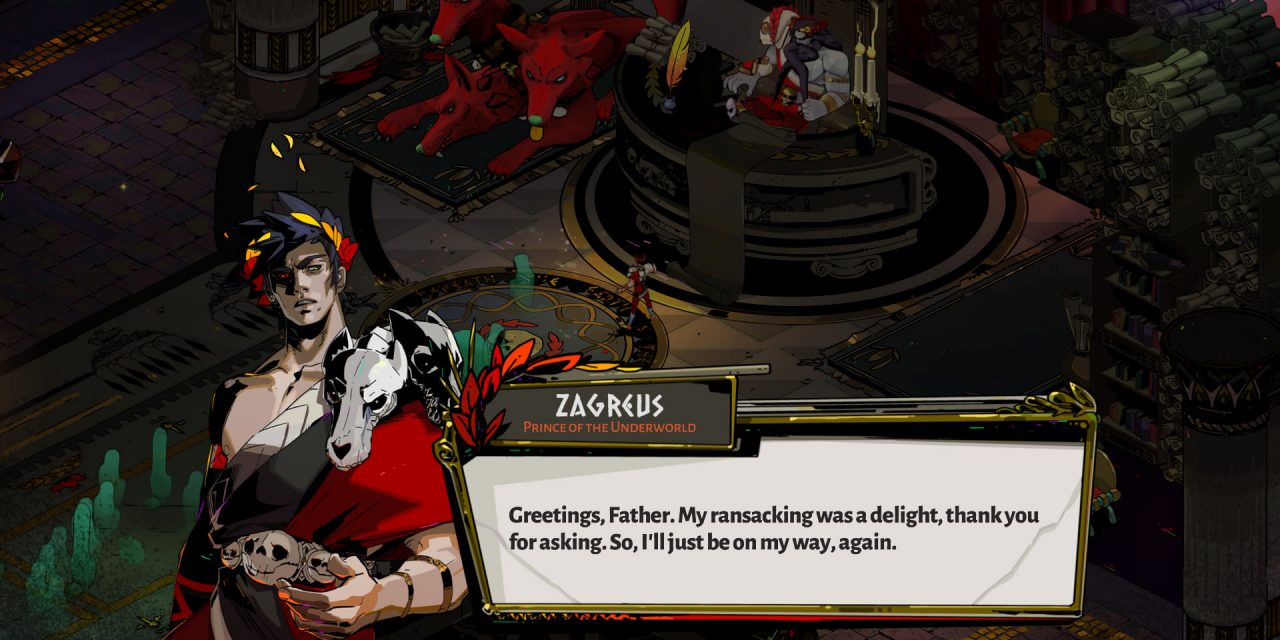Some games get picked up, played for a while, then forgotten. Others hold attention for months or even years. There isn’t always a clear reason why. High-quality visuals, big marketing budgets, and popular franchises don’t always lead to lasting appeal. What actually keeps people logging in, playing again, and talking about certain titles long after release?
It usually comes down to something built deep into the design.
It’s Not Just the Graphics
Plenty of developers push visual fidelity as a selling point. Stunning environments, realistic lighting, and detailed animations can help grab attention early on. But those things fade once the novelty wears off. Players don’t come back just to look at a pretty menu screen.
Games like The Order: 1886 or Ryse: Son of Rome were technical showpieces. Despite the visual quality, their replay value dropped off quickly. On the other hand, something like Minecraft continues to engage players despite its simplicity. The difference isn’t visual, it’s structural. If a game looks impressive but feels repetitive or shallow, it struggles to hold interest.
Developers aiming for long-term engagement need to focus on how the experience unfolds over time, not just how it looks at first glance.
Design That Keeps You Hooked
Games that players return to often provide something layered and satisfying. Core mechanics need to feel responsive, but that alone isn’t enough. Strong pacing, well-balanced challenges, and meaningful rewards scattered throughout each session help hold attention.
Titles like Dead Cells or Slay the Spire are good examples. They offer a mix of randomness and skill-based progression that encourages repeat sessions. Even when players fail, there’s usually something new to unlock or test on the next attempt.
Games that offer short but meaningful progress tend to build lasting habits. When each run or level feels rewarding, players are more likely to come back. The key lies in how developers balance difficulty and reward without overwhelming or frustrating the player.
The Power of Variability
Predictable outcomes can make even the best-designed games feel flat. Adding elements of change or uncertainty helps maintain interest across multiple sessions.
Randomised maps, procedurally generated enemies, and rotating content are common game strategies across various genres. These features ensure each playthrough feels slightly different. Even familiar levels can feel new when unexpected elements are introduced.
That design approach also appears in formats outside traditional games. For example, slot-based systems have adopted similar principles. Megaways slots use shifting reel layouts to create different combinations on every spin. Instead of fixed paylines, they offer thousands of potential outcomes that keep the format from becoming repetitive.
If you are attracted by that same sense of unpredictability found in rogue likes and randomised puzzle games, you can now try your hand at Megaways games online. These systems reward experimentation and provide enough variety to prevent boredom.
Games that make even small changes feel significant are more likely to keep players returning. Consistent novelty, even when subtle, has a powerful effect on long-term engagement.
Social, Seasonal, and Always Updating
Multiplayer games tend to benefit from consistent updates and changing content. Adding seasonal events, timed challenges, or rotating objectives gives players something to return to beyond the core gameplay.
Fortnite, Apex Legends, and Destiny 2 have all used this approach. But single-player games now incorporate similar features. Some titles offer daily puzzles, limited-time missions, or shifting loot pools. These small changes create a sense of urgency and encourage players to log in frequently.
Social features also increase repeat play. Leaderboards, co-op challenges, and asynchronous gameplay keep players involved through community engagement. Competing with friends or completing shared objectives adds another layer of motivation.
By pacing out content and making certain rewards temporary, developers encourage consistent interaction without overwhelming the player. This approach helps extend the lifespan of a game well beyond its initial release window.
Keep Games Engaging Without Burning Out
Encouraging regular play is one thing, but it’s easy to go too far. Some games overdo repetition, leading to fatigue rather than enjoyment.
Offering flexible difficulty options and alternate modes helps players tailor the experience. A game that adapts to different play styles will likely appeal to a broader audience. Some people want to push for perfect runs, while others prefer a more relaxed pace.
Content pacing is another factor. Updates should feel meaningful. Cosmetic additions can bring short-term interest, but new mechanics, levels, or systems offer longer-lasting value. When players feel like their time is respected, they’re more likely to stay engaged.
Games that allow quick sessions with real progress are easier to revisit. If every session feels like a chore, players are more likely to move on. Developers who focus on clarity, variety, and user control often find that their games build strong, long-term communities.
Try Mixing Up Your Own Habits
If a favourite title starts to feel stale, changing how you play it can refresh the experience. Trying a new class, imposing your own restrictions, or exploring different paths often brings new energy to familiar content.
Stepping outside your comfort zone also helps. Trying games from unfamiliar genres or exploring titles with different progression systems might lead to new favourites. There’s often more variety available than people realise, especially with indie releases or early access titles that experiment with format.
Returning to games after updates can also improve the experience. Many titles grow significantly post-launch. If a game felt unfinished or limited before, it may now offer far more than it did at release.
Keeping your gaming habits flexible is one of the easiest ways to keep things fun over time.
Keep It Fresh and Find What Works for You
The best games often share one trait. They stay interesting. This doesn’t always come from visuals or polish. Instead, it’s usually the result of variety, pacing, and smart design choices that respect the player’s time.
Some people enjoy games that change constantly. Others want predictable mechanics with deep mastery. Both approaches can work when built around thoughtful design.
If you want more value from the games you play, seek out titles that evolve. Look for features like procedural generation, flexible systems, and meaningful updates. These small factors can make a big difference in how long a game stays on your list.
Games that grow with you often become the ones you return to again and again.




![[Rumor] The Series X has a Cousin, the Series S](https://vgleaks.com/wp-content/uploads/2020/08/xb.jpg)




![[Leak] PS5 and PS5 Pro will have discounts of up to €150 this Black Friday](https://vgleaks.com/wp-content/uploads/2025/11/ps5_ps5_pro-150x150.webp)



